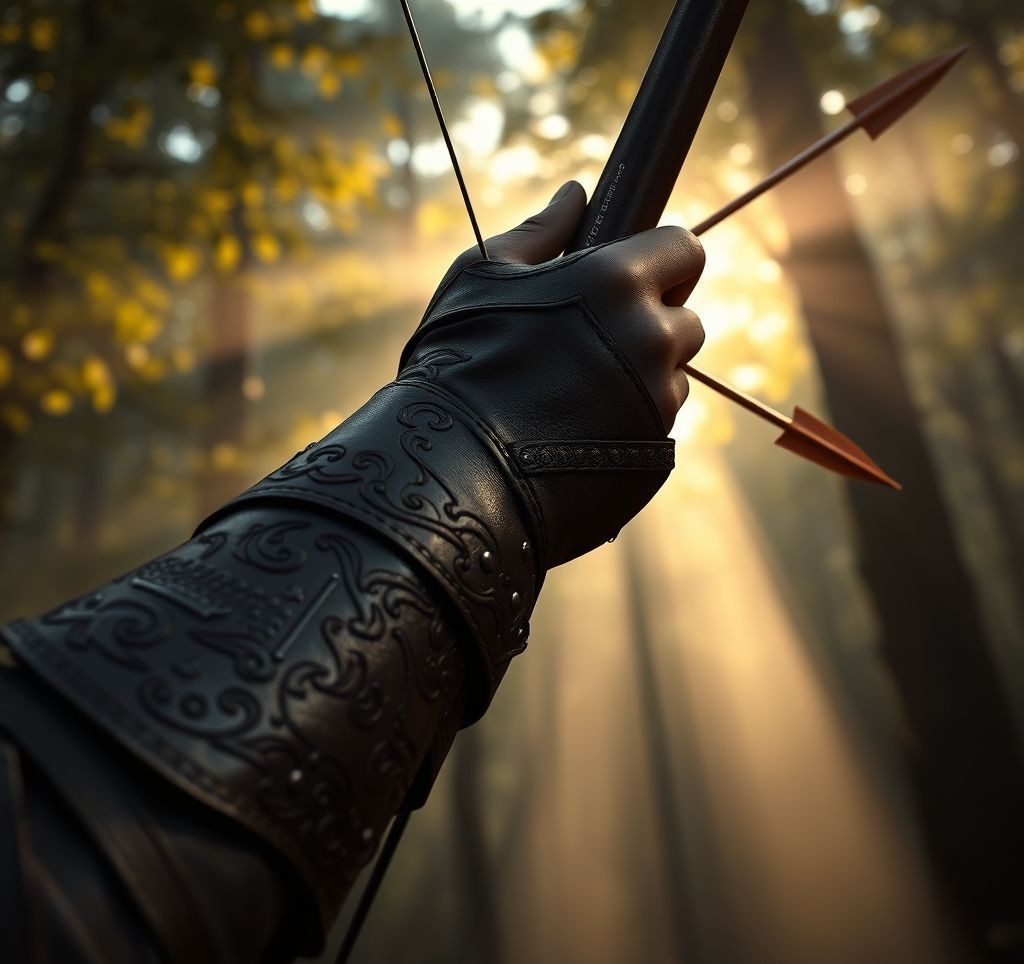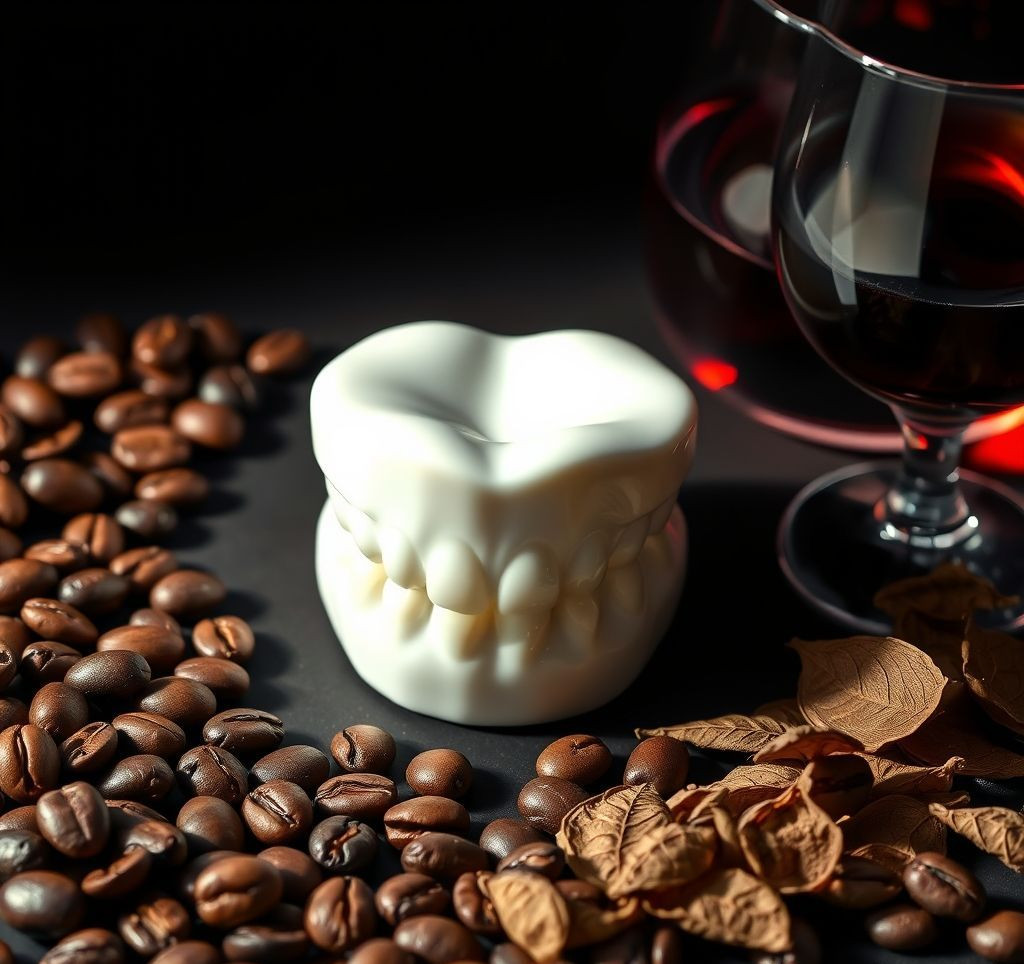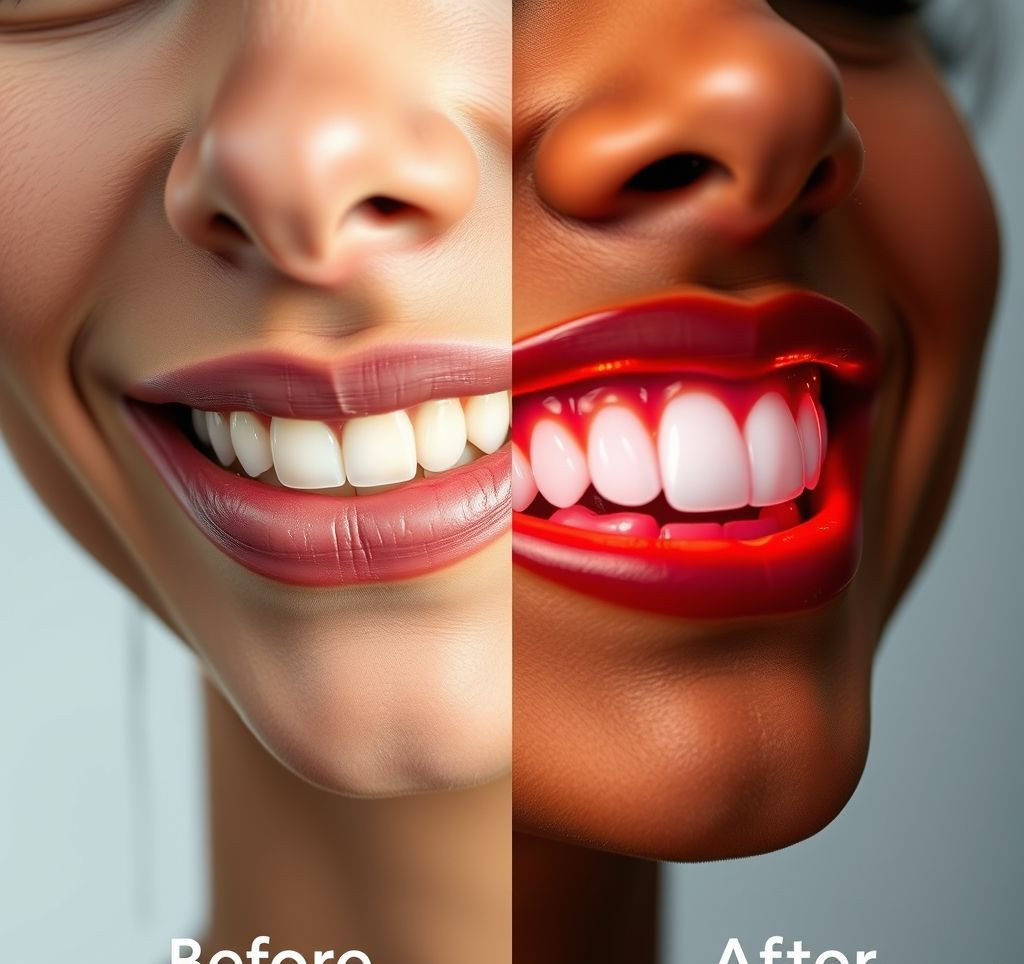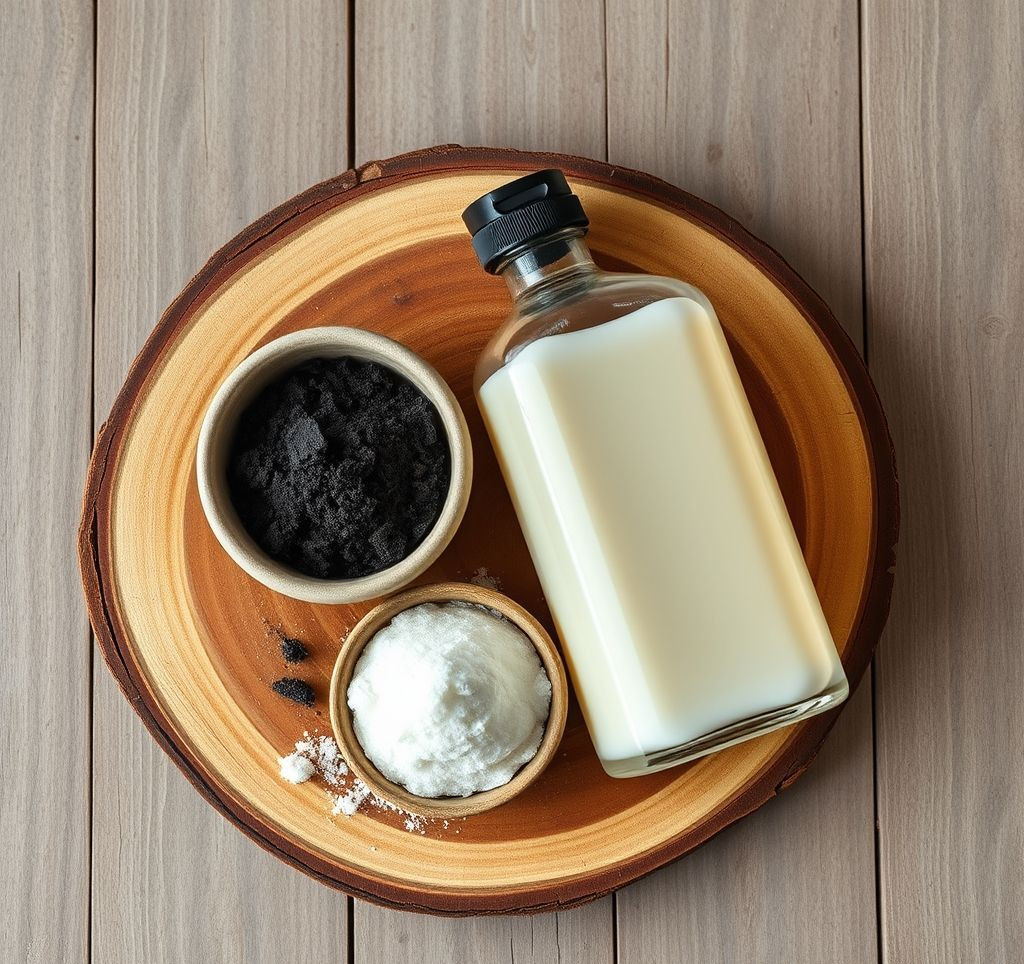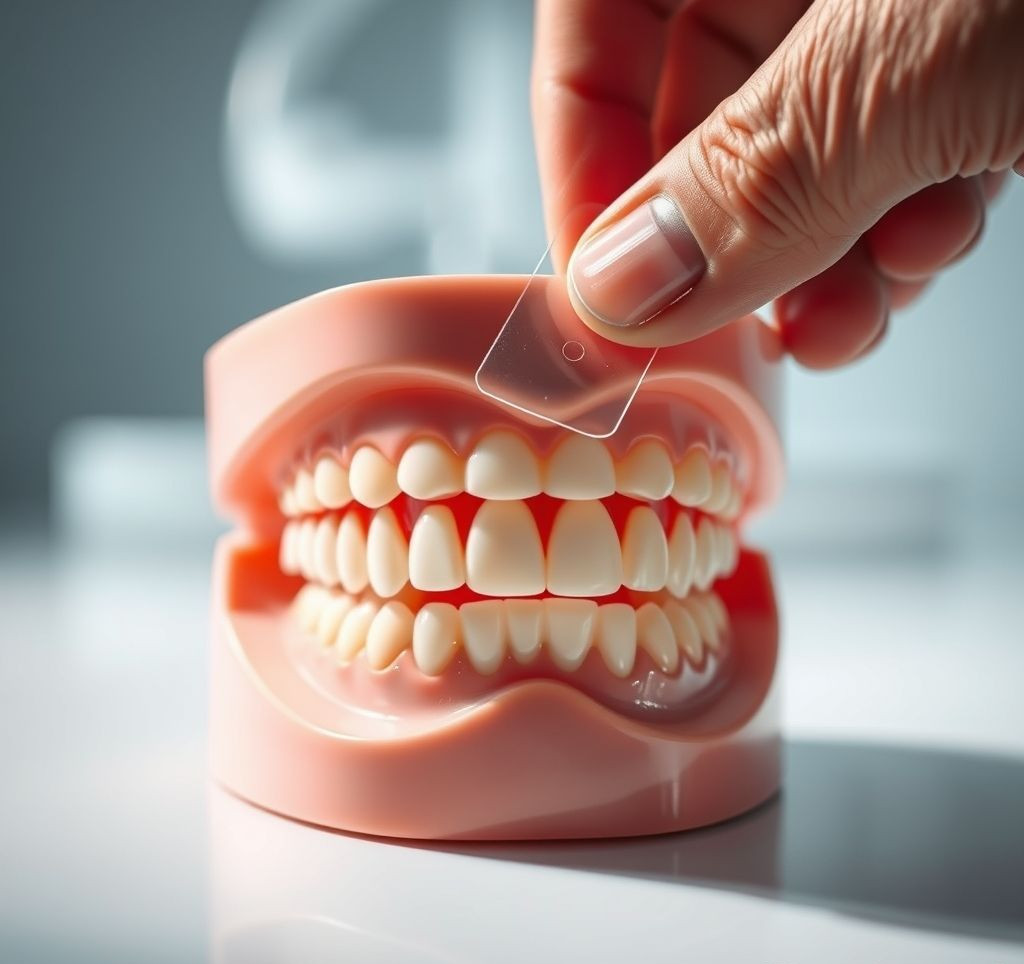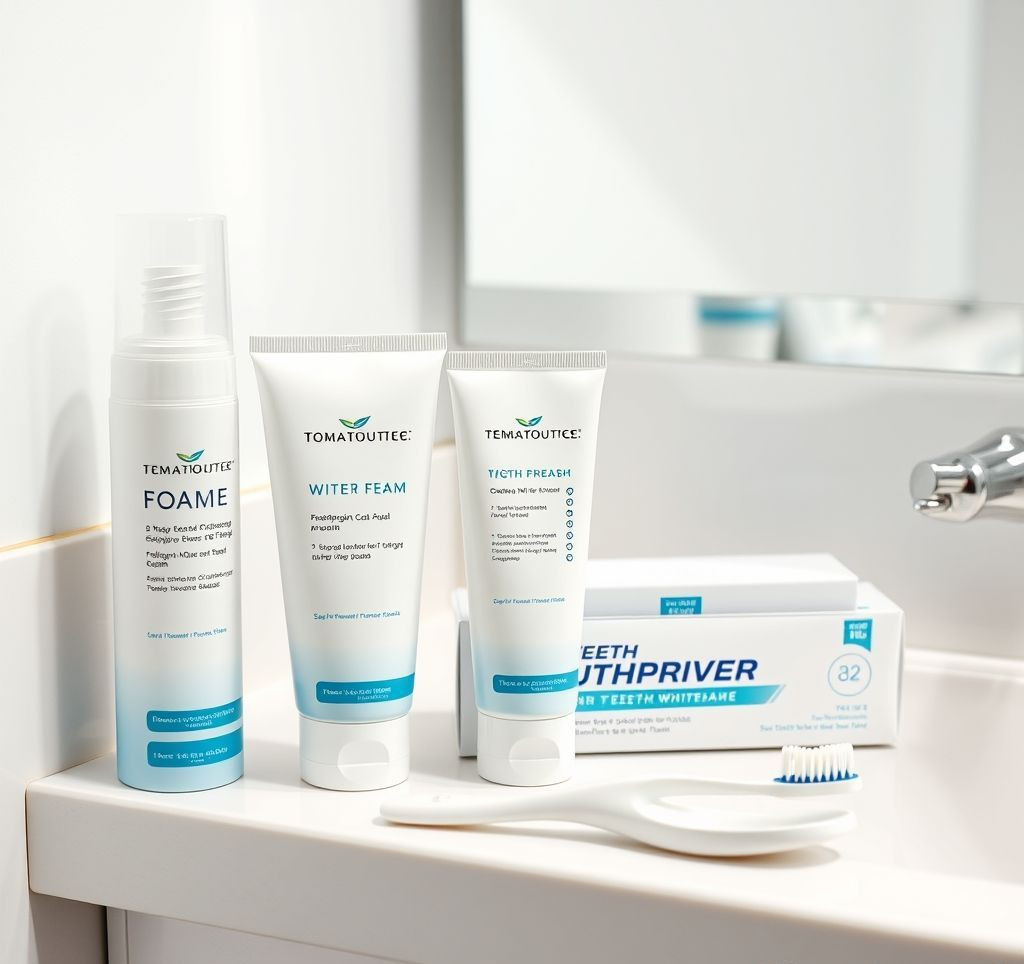Have you ever seen an archer with a sleek leather guard on their forearm or a knight in shining armor with metal plates protecting their arms? Chances are, those are bracers! But what exactly are they, and how have they evolved from practical gear to a staple in fantasy and costume design? Let’s explore the fascinating world of bracers, separating fact from fiction and archery ranges from cosplay conventions.
Why Bracers Are More Than Just Decoration
Bracers serve a vital role in protecting the forearm, but their applications extend far beyond simple defense. Whether you’re aiming for functionality or aesthetics, understanding the purpose of bracers is crucial. Here’s why they matter:
- Protection: The primary function, especially for archers, is to shield the forearm from the bowstring’s impact. For historical armor, they deflected blows from weapons.
- Support: Properly fitted medieval bracers can offer support when lifting or during strenuous activities.
- Style and Aesthetics: From sleek and simple leather designs to elaborate, decorative armor pieces, bracers add a distinctive element to costumes and historical reenactments.
- Confidence: Knowing your forearms are protected can boost confidence in archery or during a live-action role play event.
Core Materials and Types of Bracers
Bracers come in various materials and designs, each suited to specific purposes. Here’s an overview of the most common types:
- Archery Bracers: Typically made of leather or synthetic materials, designed to be lightweight and flexible for comfortable shooting.
- Leather Bracers: Versatile and widely popular for cosplay, historical reenactments, and LARP. They can be dyed, stamped, and shaped to create various looks.
- Metal Bracers (Vambraces): Found in historical armor, these usually cover the entire forearm and are constructed from steel or other metals. Some designs include articulated plates for greater mobility.
- Fantasy Bracers: Constructed with a variety of materials, from cast urethane rubber to plastic, these can be highly decorative and are designed for aesthetics rather than functional protection.
It’s important to distinguish between a “bracer” and “vambrace”. The terms are often used interchangeably, but “vambrace” technical
ly refers to the piece of armor that protects the forearm from the elbow to the wrist, often made of metal. “Bracer” can be a broader term encompassing various forearm guards regardless of material.Choosing the Right Bracers for Your Needs
Selecting the right bracers depends heavily on their intended use. Here’s a guide to help you make the best choice:
- Determine the Purpose: Are you an archer needing protection from string slap? A cosplayer aiming for authenticity? Or perhaps someone seeking a unique fashion statement?
- Measure Your Forearm: Accurate measurement is essential for comfortable and effective arm bracers. Measure the circumference of your forearm at the wrist and just below the elbow.
- Material Selection: Choose the material based on your needs and preferences. Leather offers flexibility and style, while metal provides maximum protection.
- Fit and Comfort: Ensure the bracers fit snugly but don’t restrict movement. Adjustable straps or laces allow for a customizable fit.
- Craftsmanship and quality: Particularly for archery, ensure quality materials are used to increase lifespan.
Expert Tips & Best Practices for Bracer Care and Usage
To maximize the lifespan and effectiveness of your bracers, consider these expert tips:
- Archery Bracers: Regularly inspect for wear and tear, especially after frequent use. Replace if damaged to ensure optimal protection. “As early as the Paleolithic era, evidence suggests the use of wristguards for archery, highlighting their long-standing importance,” according to the Journal of Archaeological Science.
- Leather Bracers: Condition leather bracers periodically with a leather conditioner to prevent cracking and maintain flexibility.
- Metal Bracers: Clean metal bracers after each use to prevent rust and corrosion. Apply a protective coating as needed.
- Storage: Store Bracers in a cool, dry environment out of direct sunlight to prevent material degradation.
“The key to successful costuming is not just the visual impact, but also the comfort and functionality of the pieces. Bracers are a perfect example of how form and function can come together to create a truly memorable impression.” – Anya Shaffer, renowned Cosplay Designer, Costume Con 2018.
